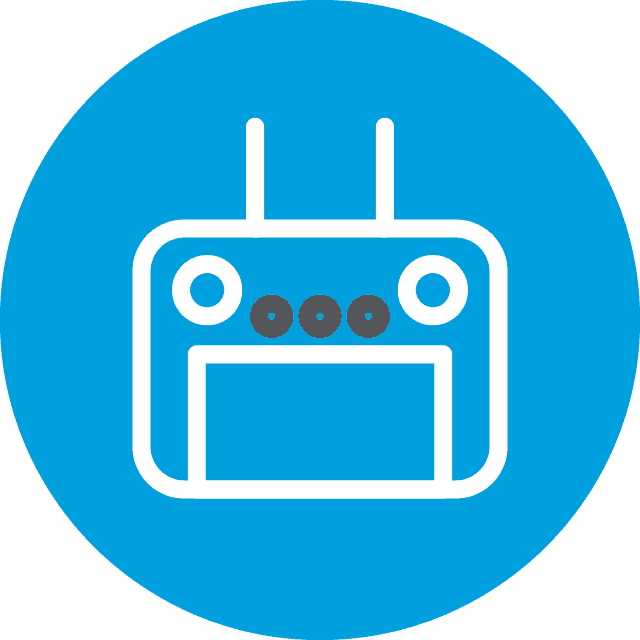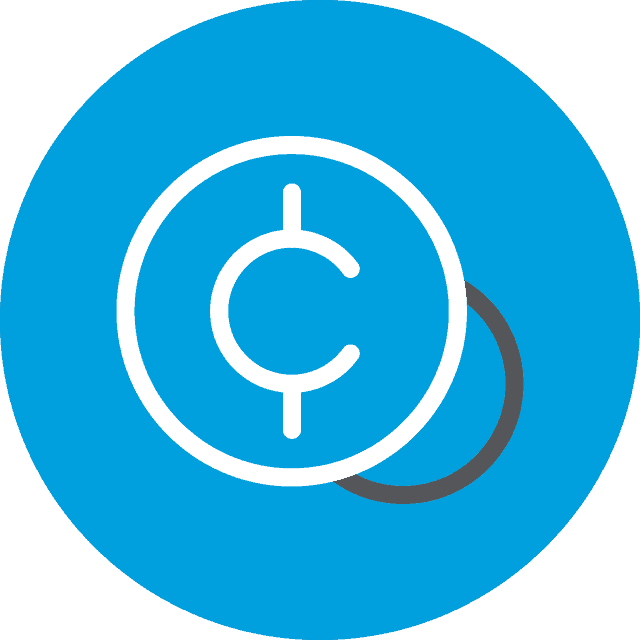How to Choose a Drone
DJI, Skydio, Autel….which one??
There are many types of drones on the market today, whether for hobby or for professional use. Drones accomplish many objectives, including aerial photography, filmmaking, marketing, security, and more. The cost of a UAV can range from $100 to over $10,000.
There are a few questions to keep in mind when choosing your drone:
- How much do you want to spend?
- What is your intention with the drone
- What is your experience?
Let’s find your drone.
Drone Dollars
Drones reflect a range of prices. You can pick up an inexpensive one at big box stores for under $100. These drones are typically for beginners and do not come with GPS or a camera. If you are a first-time flyer, stick within this price range to practice and learn the controls. You will inevitably crash (first-timer or seasoned pilot), so it’s best to crash an inexpensive drone when first starting out.
If you are ready to take it up a notch, you can purchase a drone with GPS and a camera for under $500. This drone is more for intermediate pilots who want to learn GPS capabilities and take aerial photos. The DJI Mini is ideal for this stage and will prep you for an easy transition into a more professional drone. The cameras at this price are considered entry-level and decent, for the most part, yet you will want to pay attention to the camera gimbal, which keeps the camera balanced. Drones in this price range may not have a quality gimbal which will affect the quality of your photos.
A step up are drones in the $1000 range. These drones typically come with a 3-axis stabilized camera gimbal, creating drastically better aerial photos. These drones may offer higher-end software and better processing features. Drones at this price point feature additional automated flight features and improved flight safety, such as forward obstacle avoidance sensors.
The most expensive drones are used for professional and commercial purposes and come equipped with many accessory options and the ability to swap out the cameras and sensors. Ranging from $1500 to over $10,000, commercial drones are used for various outcomes, from professional videos to inspections.
Drone Intentions
Drones have various purposes, and your intentions will help determine which kind of drone is right for you.
The Hobbyist – A drone without GPS will suit you if you are a hobbyist or drone racer. Made strictly for flying, these inexpensive UAVs lack a camera and fancy accessories. This drone can perform aerobatic stunts and aerial tricks that will knock your socks off, but that’s about it.
The Photographer – Say cheese! If you aim to take photos as a hobby or for events, you will need a drone with a camera. Although having GPS can make it easier to take a stable shot, GPS is not necessary. Depending on the drone, you may need to purchase a higher-end stabilizer to take quality pictures because not all stock stabilizers function at the same standard.
The Mapper – If you need more options for videography or mapping, you will need a drone with GPS. GPS allows you to use coordinates to pinpoint accurate locations and create autonomous flight plans around them. These drones tend to have better internal and software processing and computing capacities that allow them to follow the pre-made plans. These more expensive drones come with flexible and stable camera mounts and usually have extended battery life.
The Professional – A professional drone has more sophisticated sensors and controls with top-notch software. This drone is made with light equipment and is more of a flying platform to hold a camera. Because they are engineered to have a more extended range, these professional drones are used primarily for RGB and thermal inspections. The more professional, enterprise-level drones will allow you to interchange the camera and sensor for your purpose.
Skill Set
Like most aspects of life, experience plays a part in the drone suited for you. Beginner drone users should understand if any setup is required before flying. Basic drones are relatively easy to begin flying and need only a little calibration. These drones are typically labeled “ready to fly” or “RTF.” Other inexpensive drones require a bit more calibration and may need additional direction.
As a drone professional, you may understand the inner workings of a drone, giving you the experience to piece together spare parts to enhance the flying aircraft. Or, at the very least, be knowledgeable enough to repair your drone should you crash it.
Drone Features
Drones can be as basic as a multi-rotor flying toy that flies for ten minutes to an omnidirectional obstacle-sensing RC quadcopter with advanced auto return and 46 minutes of flight.
If your purpose for drone flying is more than just a cool hobby, there are some features to keep in mind.
Drone range. Some drones fly longer than others, so keep in mind what your flight projects look like and how long you need to be in the air.
Battery life. Battery life is a drone pilot’s kryptonite. It’s essential to charge your battery and ensure it doesn’t completely die, so it lasts longer. Not all drones will send a warning when battery life is low, so be aware of this before flying!
Replacement propeller blades. Some drones come with replacement propeller blades, while others don’t.
Let’s pick out a drone!
Have you narrowed down the type of drone suited for you? Whether you are a drone enthusiast or a professional, here are our top drone picks from our pilot, JP Juneau:
Beginner or hobby drone: Skydio 2. It has obstacle avoidance and AI recognition software. The camera is only 12 megapixels, but that’s probably all you will need.
The DJI Mavic Mini drones are easy to use, and you will gain the experience needed for a more professional drone.

Beginner professional drone: Mavic 2 Pro is a solid drone for all-around use. It is compact and portable, and as long as there are no heavy winds, the flights will be smooth.

Mapping drone: Phantom 4 Pro is the standard professional-grade drone for most routine mapping jobs. The Phantom 4 Pro is a workhorse and is the best drone for mapping without upgrading to Enterprise series drones like the DJI M200 or the DJI M210.

Best professional with thermal: M30 is the newest drone on the market with a built-in thermal imaging option – the M30T. We don’t have one in our fleet yet, but we can’t wait to try it.

Least expensive, but still a great drone: The Mavic 2 Pro has been discontinued, but if you can find a used one at a reasonable price, it is an excellent drone for backup.
